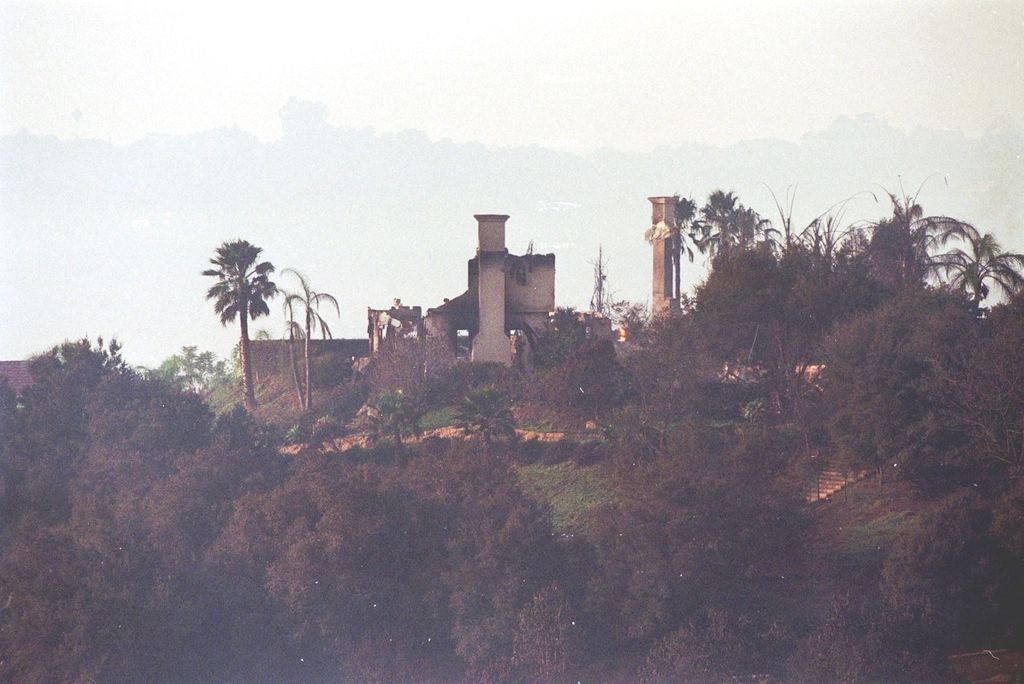

Instead of marrying the next Tea Master, she becomes it.

Bashing at the pre-War Japan equivalent of the glass ceiling she takes her temerity to its furthest extent and founds a school where she teaches girls and boys the tea ceremony. Entangled in emotions that she cannot control and desperate for meaning in her existence, Yukako commits the unpardonable crime of studying and learning the tea ceremony in secret, and then teaching it, for profit no less, to another girl, a geisha. Yukako is also caught in a situation from which there is no escape: – she is in love with a wealthy young man, a student of her father, who abuses her and then marries someone else. The forbidden love referred to on the cover are not only her love for Japan and its culture, but for her adopted family and their eldest daughter, “Yukako”, with whom she falls in love. She is raised as a servant and for her not only the tea ceremony, but Japanese society, are inaccessible. An Eurasian child, her adopted family thinks her Western features are ugly, and no-one realises that she has French ancestry, and was actually born in New York as a Roman Catholic. She is adopted by a family famous for their tea ceremonies. From there it became an expression of culture and status, but since it was solely the domain of males, it was forbidden territory for “Aurelia”, a child who is orphaned when a fire breaks out in the monastery where her uncle is a priest. In the 12th century Eichū (永忠), a monk, introduced green power tea to Japan and by the 13th century the Samurai were using it as part of their Zen Buddhist rituals. However, then Avery surprises the reader, since the art in question is not that of the geisha, but the tea ceremony, one of the oldest traditions and art forms of Japan and presented solely by men. The cover of the book, of a girl in a classical kimono, sets the scene for the milieu of Japan before World War II, “a closed world, an ancient art, a forbidden love”. At the time of its publication, readers of this well-mined genre would have been over-familiar with the reference framework of authors like Arthur Golden ( Memoirs of a Geisha – 1999), Sayo Masuda ( Autobiography of a Geisha – 2005) and Liza Dalby ( The Tale of Murasaki – 2001).

The Teahouse Fire, set in Japan, is, for a change, not set in a geisha house in 18th or 19th century, or earlier. The Teahouse Fire, by Ellis Avery (Vintage, Random House, January 2008)


 0 kommentar(er)
0 kommentar(er)
